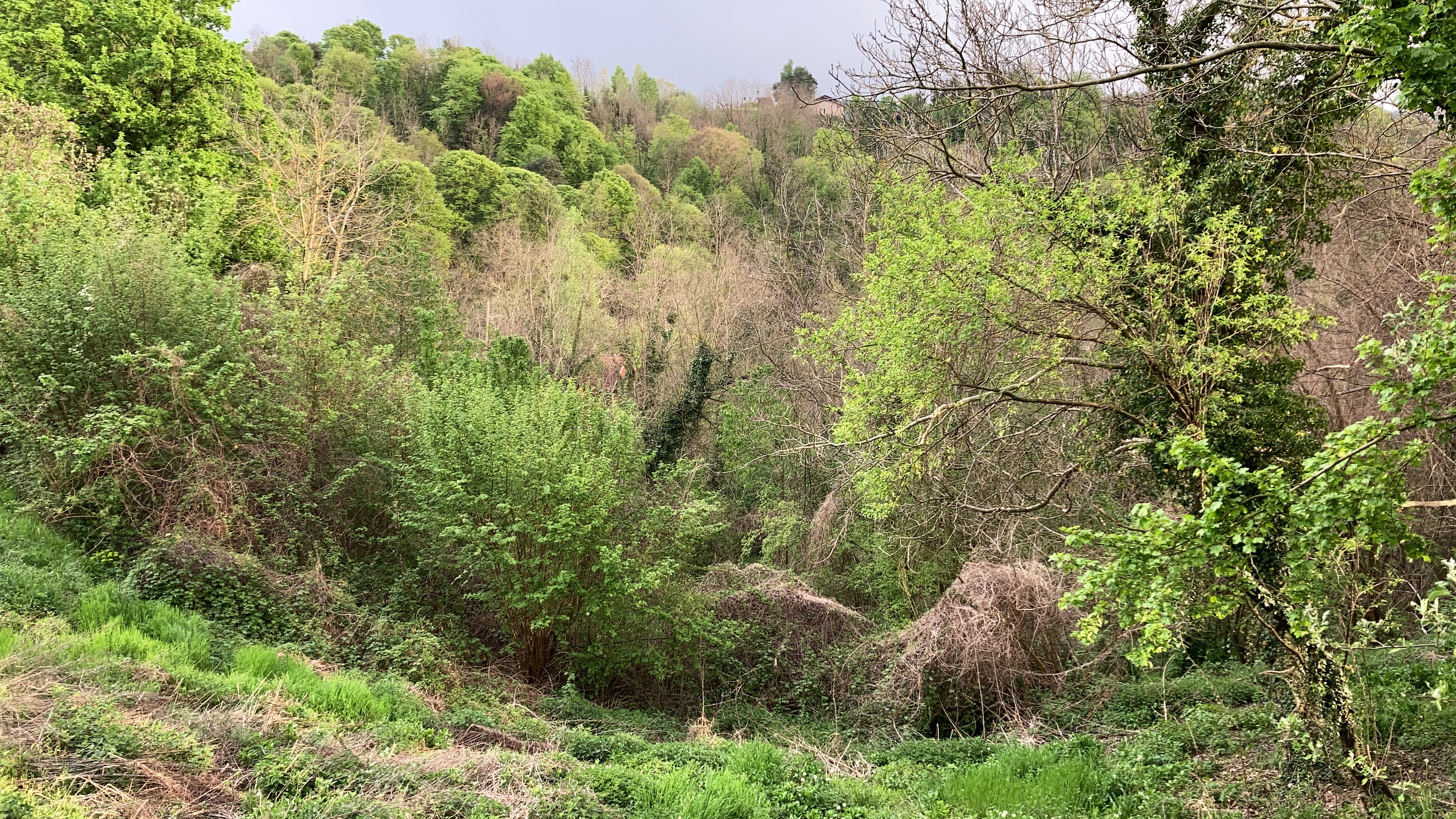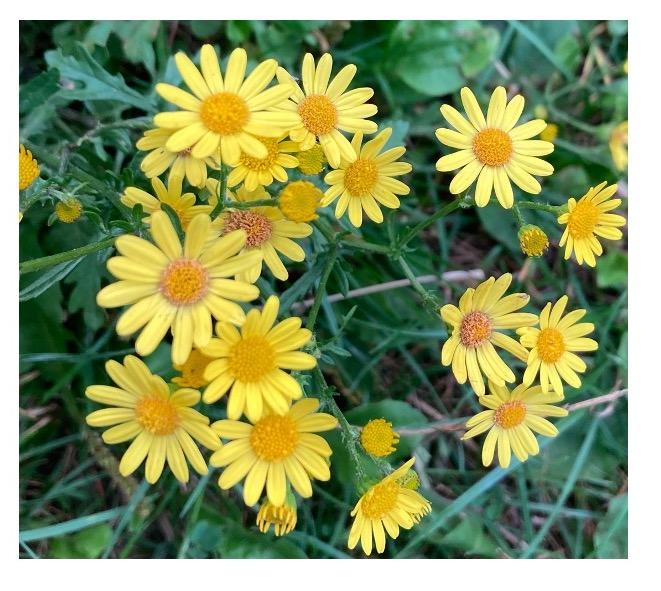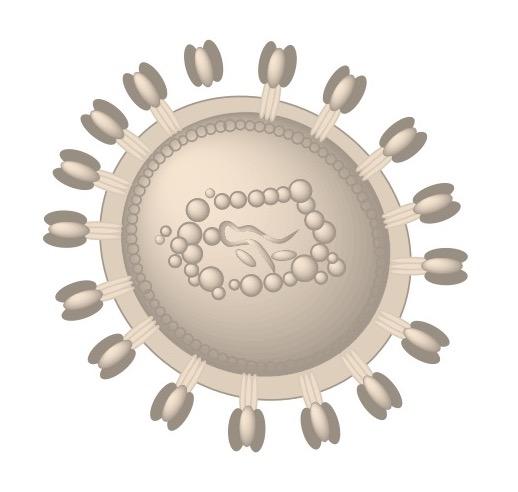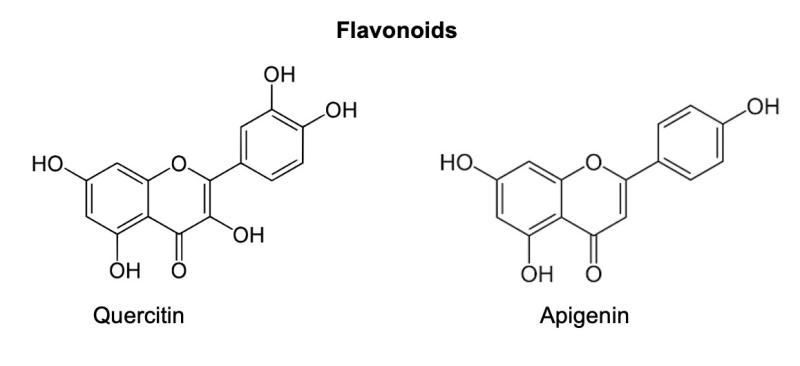
Plants and Viruses: What We Can Learn from Them
Plants have their viruses too. Some of those such as tobacco mosaic virus have helped us advance the science by enabling numerous studies of its crystals. Others, like chlorotic mottle virus that attacks maize plants, have caused serious economic problems through the destruction of useful crops. Varied in their level of harmfulness, the plant viruses cannot be easily dealt with, and usually result in destruction of plants, which can have dire environmental and economic consequences.

The good thing is that is not all doom and gloom with plant viruses, or any viruses really; we are in fact learning a lot from them. Particularly about various defence systems plant species have developed to deal with them. Such knowledge could help us design strategies to help endangered plants to defend themselves better.

In 2018, virologists discovered a new organelle, a small vesicle within an infected plant cell, which they named viroplasm and which contained all the biochemical building blocks virus needs to reproduce. These nanosized vesicles collect the resources from plant cells that enable production of large number of viral copies, and by designing their own factory structures, viruses are well protected from the plant's interior immune system.1Like us plants have an immune system, although it works differently.
Unlike us, who possess specialised immune cells, plants rely on a capacity of every cell to recognise and defend itself. Sometimes they recognise the patterns on the surface of the virus, sometimes they trigger biochemical events or send specialised molecules such as defence hormones, or small interfering RNAs to deactivate foreign nucleic acids. Some of these mechanisms have been well understood, but majority still needs to be unravelled. For example, it is not clear how the innate plant immunity is established and transferred to the next generation of plants. We know there is a multilayer surveillance system in place, but the details are hazy. Just recently, a group of researchers discovered the route by which a certain protein activates the pathogen defence system that leads to self-destruction of infected cells.
I was always personally interested in small molecule defenders, chemical structures produced in large numbers, which are both signalling and defence molecules. One such class are flavanoids. Considered secondary metabolites of plants meaning they are not directly involved in their growth, development and reproduction, they are compound of high importance and come in large numbers. More than 9 000 flavonoid compounds have been identified till now, and a single plant might have hundreds of different types of flavonoids often working in sync. A coffee bean has around 1 000 antioxidant compounds, large number of which are flavonoids.

Flavonoids protect plants from different stresses; they act as UV filters, detox molecules and powerful antiviral compounds, as well as signalling molecules. It has been shown that flavonoids can incorporate in cell walls and control the adhesion of the virus to the cell or inhibit viral enzymes by binding the metals needed for their activity. The aromatic rings of the flavonoid molecules can also insert themselves into DNA and RNA strands inhibiting replication and bind to polymerases and the viral coat proteins of the viruses deactivating the virus directly. Few flavonoids such as quercetin and apigenin have been shown to inhibit influenza and hepatitis C viruses, but the exploitation of the antiviral properties of flavonoids it in its infancy. Driven by current pandemic this is about to change. Besides flavonoids there is a whole range of useful antiviral pigments such as hypericin from St. John’s wort that have even been shown to be effective against coronaviruses.

Plants are the most versatile, adaptable and productive chemical factories. They can synthesise complex compounds that help them attract insects, fight pathogens, adapt to different environmental conditions, harvest light, produce complex structural elements and take nutrients from soil.
As chemists, we can do tiny fraction of what the humblest of plants can do, and we are starting to take notice on how plants deal with viruses to find new solutions for our own viral problems. But Nature does not think in absolutes; there is no absolute bad and absolute good. And indeed some plant viruses have been shown to be beneficial, they help plants to deal better with stress and drought. Some viruses can even act symbiotically, helping plants to use resources more efficiently. Clover cryptic virus, for example, prevents the formation of nitrogen fixating nodules when there is too much nitrogen present in the soil, and in such way helps plant to survive in otherwise damaging environment.
Our and plants relationship with viruses is complex, and requires continuous adaptation and balancing. Maybe we can learn how to use some of the powers of plant surveillance, defence and coexistence with their viruses to design new materials and structures to help us to deal with ours.